There are a handful of things in the automotive world that cannot be predicted or avoided. One of them is a nail in your car tire. No matter how careful you are, and how good of a driver you are, chances are you’ll get a nail or a screw in your tire at some point.
Noticing a nail in your tire isn’t always easy. Nails don’t always make your tire leak initially, so you may only notice it visually—or you may not notice it at all. Sometimes nails cause a slow leak, which you may not notice for a while. Of course, sometimes a nail in the tire will produce a flat almost immediately.
Whatever the symptoms, you want to remove a nail if it’s in your tire. Here's how to do it, with a little help from car insurance comparison shopping app Jerry.
RECOMMENDED
No spam or unwanted phone calls · No long forms · No fees, ever
ZIP Code
ZIP Code
Find insurance savings (100% Free)
Getting a nail out of a tire is actually quite easy. However, if you’re going to take a nail out of your tire, you need to make sure that you have a plug and patch kit, which you can find at any auto parts store. A plug and patch kit will allow you to fill the void left when you remove the nail.
To remove the nail, simply use a pair of pliers to pull it straight out of the tire. If the nail is deep in the tire and isn’t coming out easily, you can use the pliers, a screwdriver, or any other sharp, pointy tool to dig out the tire around the top of the nail until you can pull the entire nail out.
Once the nail is out, follow the instructions on the plug and patch kit that you purchased and fill the hole in the tire. Always inflate your tires to a safe tire pressure before driving your vehicle again.
MORE: How to plug and patch a car
Knowing how to take a nail out and patch your tire is a great skill to have, and it can really help you out in a pinch.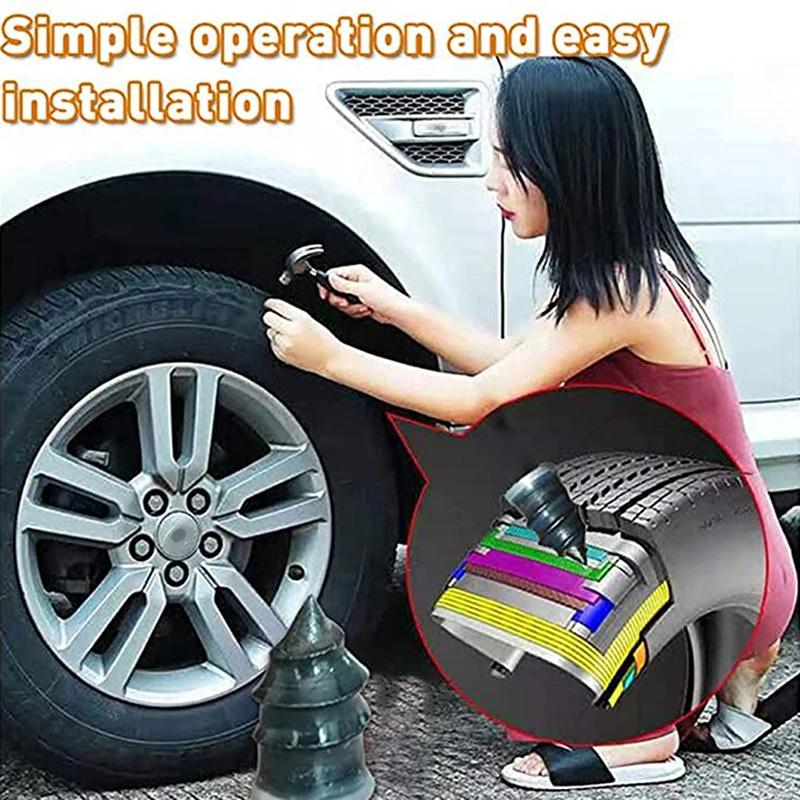 However, just as with a spare tire, a self-patched tire should only be considered a temporary solution.
However, just as with a spare tire, a self-patched tire should only be considered a temporary solution.
Even if your patch is holding in air just fine, your tire is much more likely to blow, so you should get it replaced or professionally repaired sooner rather than later.
If your tire is still in good shape (other than the nail hole), an auto shop can patch it from the inside. This will fully fix any issue caused by the nail while usually costing less than purchasing a new tire.
However, there are times when you shouldn’t remove a nail and patch the hole. If the nail is in the shoulder or sidewall of the tire, a patch simply won’t hold. Furthermore, if the nail leaves a hole that is larger than a quarter inch, you cannot safely repair it yourself.
If the nail in your tire fits any of these descriptions, you need to have your tire replaced or professionally repaired. If not, you can remove the nail yourself, patch it up, and safely drive your car until you can get the tire fixed.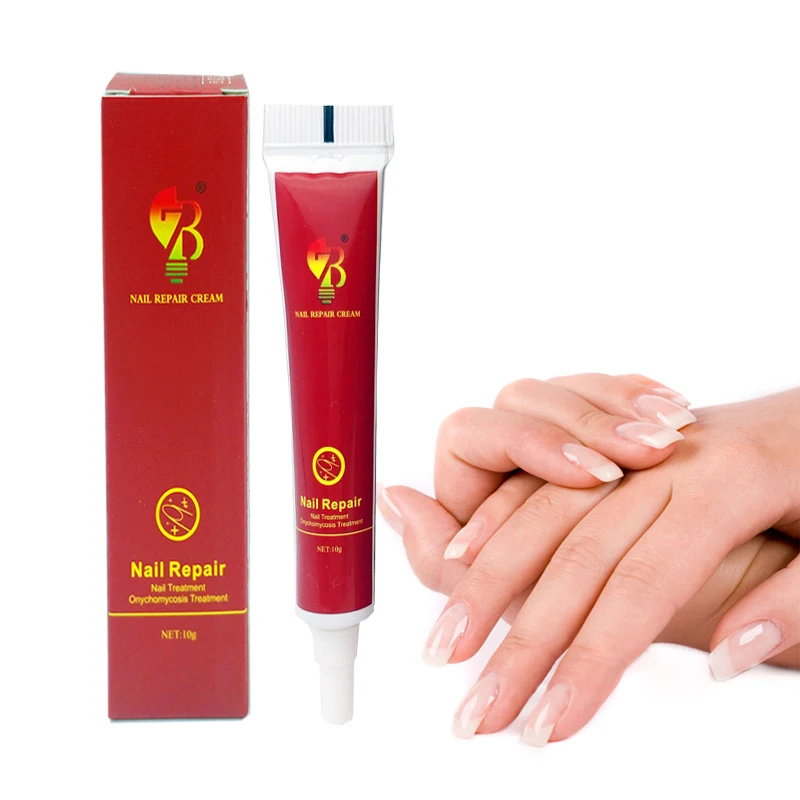
MORE: Will insurance cover a flat tire?
If you're worried about a nail (or something else!) leaving you stranded on the side of the highway, you should consider a roadside assistance plan.
Jerry’s emergency roadside assistance offers several services, should you ever need them. You’ll have emergency jumpstarts, fuel delivery, tire changes, and vehicle towing up to 10 miles (and more) at your fingertips if the need arises.
Exclusive benefits will net you even more services and peace of mind. If your car needs to be towed, you’ll get up to $25 in Uber credits to help get you where you need to go. Not to mention up to $100 for key replacement, and up to $100 in tire repair per incident, amongst other perks, to help ease the financial pain of any roadside issues.
So if you ever get a pesky nail in your tire that you can't quite fix yourself, you can rest easy knowing Jerry's got your back.
Jerry can also get you great savings on car insurance.
It’s this simple: download the Jerry app or go to getjerry.com. In less than 45 seconds, Jerry collects all of your information from your existing insurer. Choose from competitive quotes from 50-plus top insurance companies and Jerry takes care of the rest—securing your new policy and helping you cancel your old one. No long forms. No calling around. No hard work. Just savings. The average Jerry user saves $879 a year on car insurance.
RECOMMENDED
Judith switched to Progressive
Saved $
725
annually
Alexander switched to Travelers
Saved $
834
annually
Annie switched to Nationwide
Saved $
668
annually
So to top your day off you just found a nail in your tire! Though it may seem like a daunting or expensive task, this article will take all the guesswork out of how to easily fix a nail in your tire.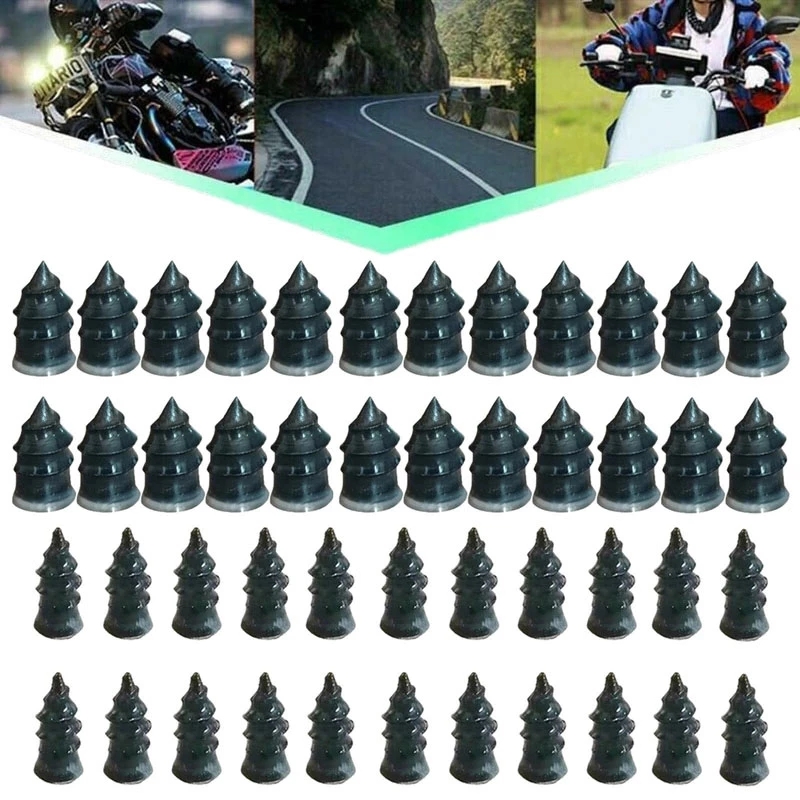 We have already done the research and are ready to help.
We have already done the research and are ready to help.
To fix a nail in your tire, you'll need a tire plug kit. When repairing your tire, it is first important to locate the nail and then remove the nail using vice grips or pliers. After removing the nail, quickly use the tool provided in the kit to ream out the hole the nail was in. Then plug it, threading the plug tool while physically inserting the tire plug, pushing it in until the plug is fully inside the tire! Finally, refill your tire to the prescribed pressure (usually found labeled on the driver's door).
It will be in your best interest to quickly fix your tire if it got a nail in it. In this post, we'll go into more detail on how to remedy this issue. We'll also cover other common questions when it comes to nail-related tire issues, so be sure to keep reading.
Before you continue reading, let us say we hope you find the links here useful. If you purchase something through a link on this page, we may get a commission, so thank you!
It is very important to limit your driving on your affected tire. Nails in tires pose both a risk to you as well as a risk to other drivers on the road. Punctured tires can lead to loss of vehicle control, create debris, and possibly cause a full rupture of your tire.
Nails in tires pose both a risk to you as well as a risk to other drivers on the road. Punctured tires can lead to loss of vehicle control, create debris, and possibly cause a full rupture of your tire.
You should drive the absolute minimum amount on your turn before you fix the hole. Additionally, monitor your air pressure as you drive using your car's built-in sensors or by using a pressure gauge.
Check out this tire pressure gauge on Amazon.
Once you finish plugging your tire, it, unfortunately, will be your only chance to plug that tire. It is recommended by mechanics that you limit plugging your tire only once for your safety to prevent any unexpected rupturing of your tire. Plugging your tire should hold for the duration of the tire's life; however, occasional inspections of plug and air pressure are recommended.
Plugging your tire is an easy and inexpensive fix for a nail in your tire, but should not be prioritized as the method of choice if there is substantial damage to your tire.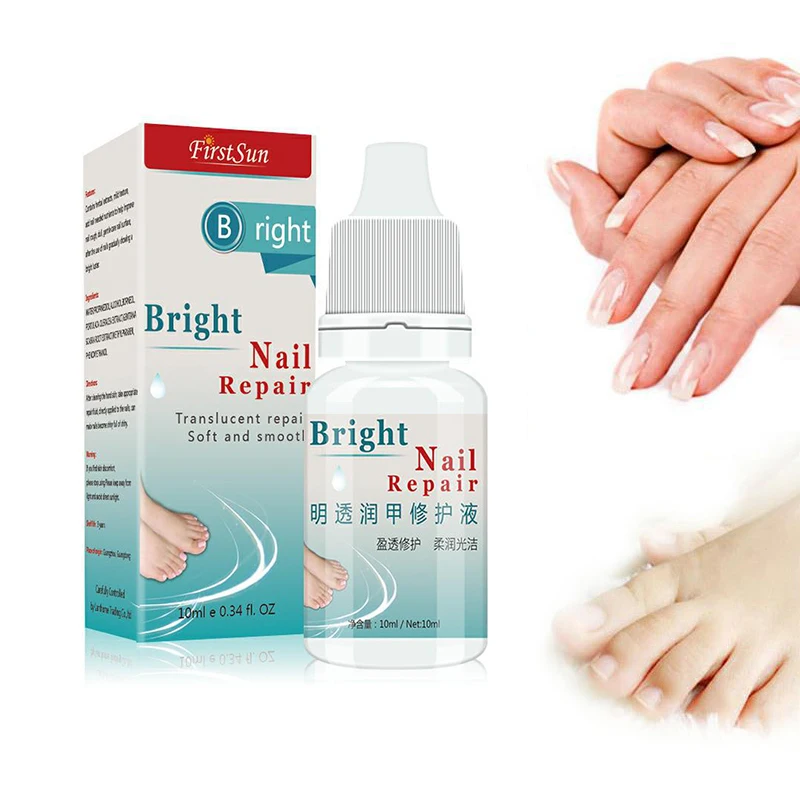 In this case, have your car towed to a certified mechanic to ensure your safety.
In this case, have your car towed to a certified mechanic to ensure your safety.
If the damage to your tire is minimal and won't pose an immediate threat to you or drivers around you, use your tire plugging kit. Tire repair kits include everything you need in them, and there are plenty of options available.
See this tire repair kit on Amazon.
Once you have your kit out and ready to use, follow these steps:
As mentioned earlier, the usual cost of fixing a tire with a nail in it will run you about 10 to 20 dollars, if using a tire repair kit.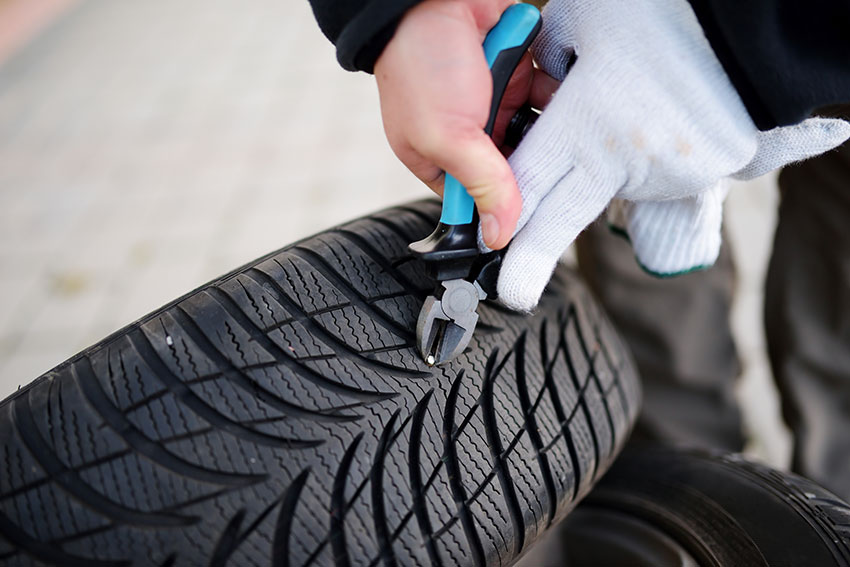 How large the puncture area is will make a difference in how much these costs end up being.
How large the puncture area is will make a difference in how much these costs end up being.
Additionally, if fixing your tire on your own is not something you have time to do or feel capable of doing, you will end up paying more for these services to be done for you. Repairing your tire at a shop, on average, will cost around $20 or so - it all depends on the rates that the shop charges.
With safety in mind, the best answer to this question is that a tire will last as long as the proper air tire pressure is maintained. This can easily become a nuisance since larger puncture areas cause quicker air leaks in your tire. However, there are some dangers in leaving a nail in your tire so it is recommended that if you know it's there, take care of it. In some cases, the nail can lodge itself so tight in the tire that air leaking out is unlikely to happen.
Nails and screws are not often found in your course of driving, whether it's on a road or a highway.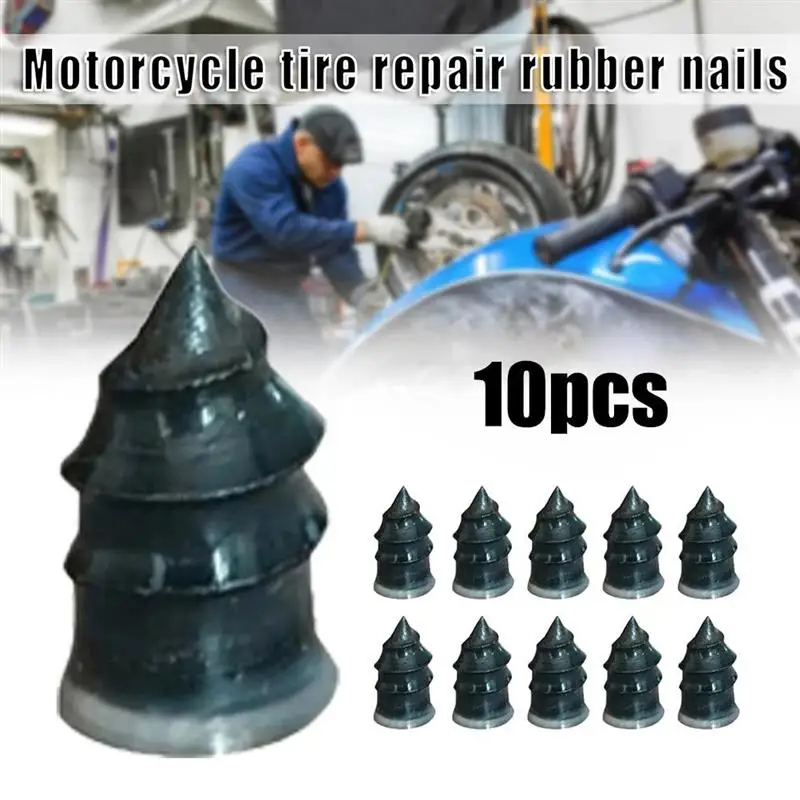 You are more likely to come across a nail, or screw, or something small that poses a threat to your tire, in parking lots, construction zones, the shoulder of a road, and dirt roads.
You are more likely to come across a nail, or screw, or something small that poses a threat to your tire, in parking lots, construction zones, the shoulder of a road, and dirt roads.
The shoulder of the road, even on the highway, can easily become a trap for these piercing items since this is where debris and sharp rocks collect. With all this said, practice being aware and paying attention to where and through what you are taking your car.
The primary, yet temporary, solution to a slow leak in a tire is to fill your tire up with air; driving on a flat, or partially flat tire, is dangerous and can cause damage to your wheel or other parts of your car. Finding where the slow leak is in your tire is the first step to what you should do. The best hack to finding this leak is as follows:
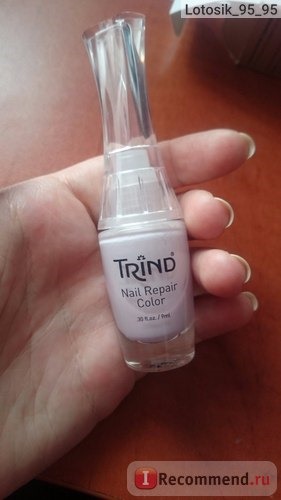 The air leaking will cause the bubbles!
The air leaking will cause the bubbles!Once you have located the spot of the slow leak, it is best to seek a solution. Many newer model cars are already equipped with an aerosol sealant, which provides a quick fix and temporary solution.
For a permanent solution to a slow tire leak, you will need a plug and patch. Unless you are familiar with removing your tire and reinstalling it, it is advised that you bring your car to the shop for this one. This method requires that the tire is removed from the wheel - from here, the hole is “plugged and patched.”
If a nail pokes into the tire too close to the side wall, you are at risk of blowing out your tire if it hits a curb just right. Tires blowing out are one of the leading causes of automobile accidents. If you have noticed that a significant amount of air has leaked from the tire, do not attempt to drive. A major leak is at greater risk of a full tire blowout.
Fixing a tire with a nail in it is not a difficult process, and is one that can be done by utilizing a self-repair tire plug kit.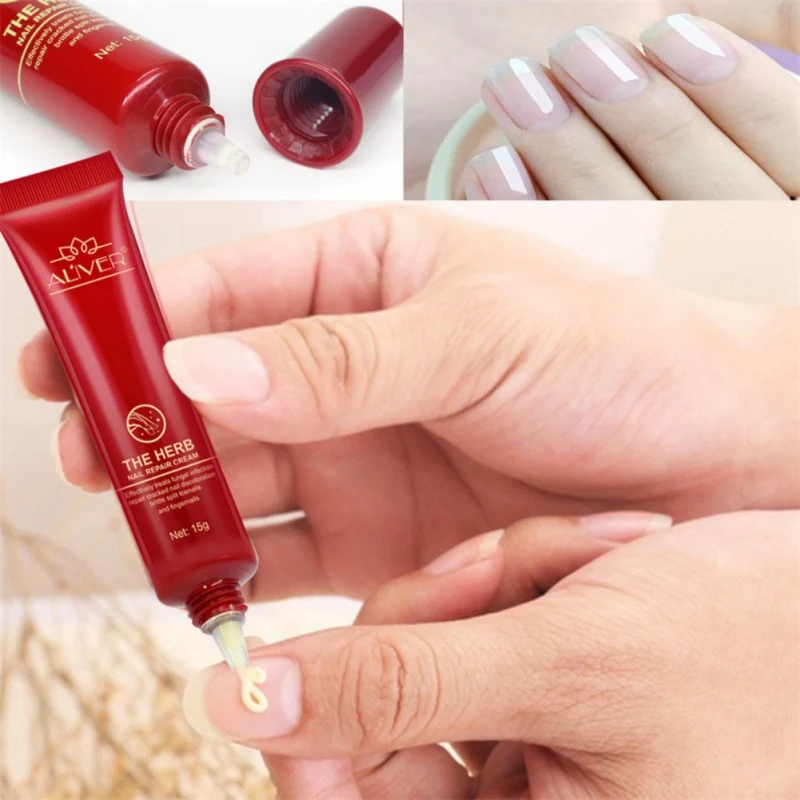 These plug kits are easy to use and once you find the nail, can be installed within 15 minutes and for minimal costs. Before you go, be sure to check out some other posts that may be of interest to you:
These plug kits are easy to use and once you find the nail, can be installed within 15 minutes and for minimal costs. Before you go, be sure to check out some other posts that may be of interest to you:
Driving with Low Tire Pressure (How to Do So Safely)
Can You Drive on a Flat Tire?
www.adv.rbc.ru
www.adv.rbc.ru
www.adv.rbc.ru
Autonews
TV channel
Newspaper
Pro
Investments
+
New economy
Trends
Real estate
Sport
Style
National projects
City
Crypto
Debating club
Research
Credit ratings
Franchises
Conferences
Special projects St.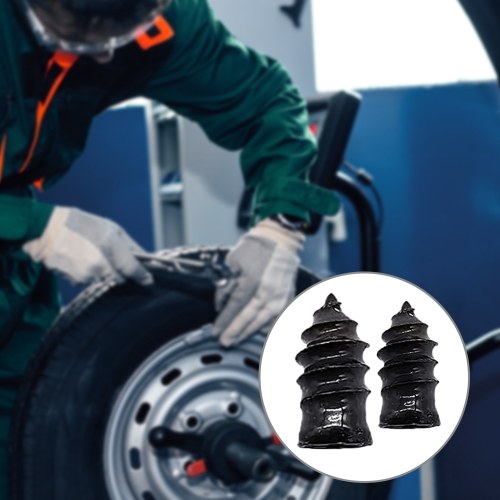 Petersburg
Petersburg
Conferences St. Petersburg
Special projects
Checking counterparties
Library
Podcasts
ESG index
Politics
Economy
Business
Technology and media
Finance
RBC CompanyRBC Life
www.adv.rbc.ru
Photo: Mikhail Tereshchenko / TASS
www.adv.rbc.ru
See also
Nail, rebar or sharp stone - sometimes you can damage a tire almost from scratch. First of all, the scale of damage is important, and often rubber can still be repaired. Most often, motorists turn to tire shops for repairs in the middle of autumn or spring - just in the season of replacing summer tires with winter tires and vice versa. In order not to stand in lines, it is worth knowing exactly when to go to the tire shop and when to go to the store.
Most often, motorists turn to tire shops for repairs in the middle of autumn or spring - just in the season of replacing summer tires with winter tires and vice versa. In order not to stand in lines, it is worth knowing exactly when to go to the tire shop and when to go to the store.
The most common "injury" to rubber is a puncture, and it can most often be repaired. Professionals in the nearest service will do it much faster, and your hands will remain clean. But if the puncture caught you in a deserted place, and there is a pump and a tire repair kit with harnesses in the trunk, you can patch up the tire yourself. Most often, when repairing the front tires, the wheel can not even be removed, it is enough to turn the steering wheel in the right direction and find the puncture site.
First, the hole is cleaned with a helical awl, the repair harness is smeared with glue and tucked into the eye of the awl, after which it is inserted into the tire hole. With a sharp movement, the tool is removed, and the tourniquet remains inside and securely clogs the hole.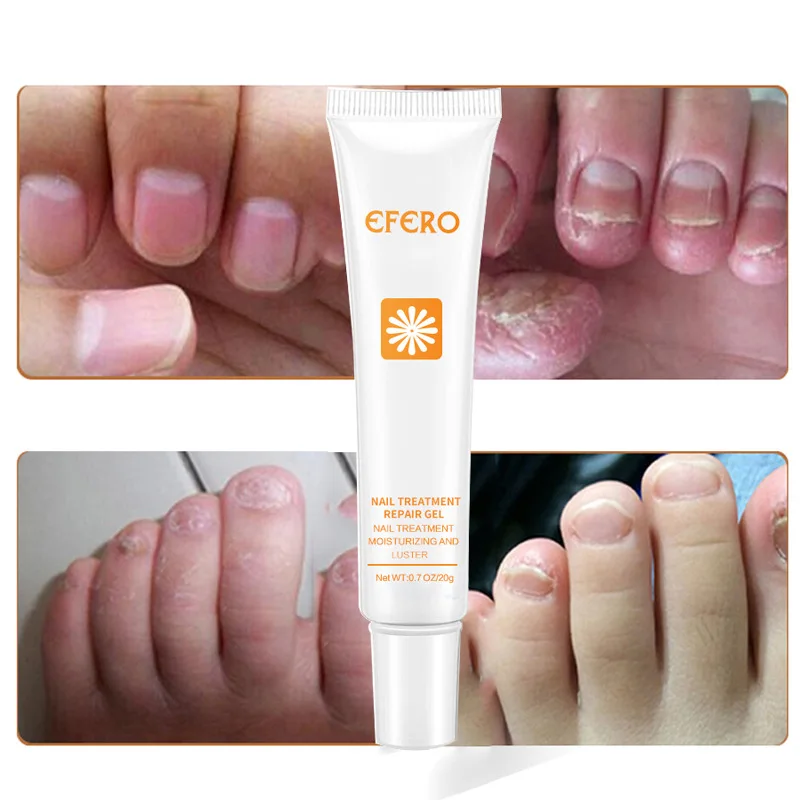 The tails are cut with a knife, but it is recommended to leave about 20 mm. After that, the tire can be inflated and the pressure checked.
The tails are cut with a knife, but it is recommended to leave about 20 mm. After that, the tire can be inflated and the pressure checked.
Repair with tourniquets is not considered long-term, because after some time they dry out and begin to let air through. A more advanced puncture repair method is vulcanization. The hole is sealed with an elastic patch, and the funnel at the puncture site is filled with a special compound. A vulcanizer is put on top, which heats the patch and solders the excess.
Under service conditions, the puncture is also repaired with cord fungus. The puncture site is processed and drilled to roughen. Everything is smeared with glue, after which a fungus is introduced from the inside of the tire, its cap is rolled, and the excess legs are cut off from the outside.
Photo: PA Images / TASS
A puncture can also be repaired with sealant. Many car manufacturers with run flat tubeless tires put compressor repair kits in the car instead of a spare tire - a bottle of pressurized sealant. The car is raised on a jack, after which the sealant is pumped into the damaged wheel through the nipple. Next, you need to spin the wheel and pump it up. After repair, the car should be driven a couple of hundred meters to check the tightness of the tire. If it has not recovered, the procedure is repeated.
The car is raised on a jack, after which the sealant is pumped into the damaged wheel through the nipple. Next, you need to spin the wheel and pump it up. After repair, the car should be driven a couple of hundred meters to check the tightness of the tire. If it has not recovered, the procedure is repeated.
It happens that a self-tapping screw or a nail closes the hole in the tire, remaining inside. Do not rush to pull it out - until the pressure drops, you can safely get to the service for vulcanization. Sometimes the wheel begins to blow off a few weeks after the self-tapping screw got into it. Therefore, it is better to check tire pressure periodically, and if the pressure sensor lights up, you should at least visually inspect the tire for a nail head.
A bump or bulge most often occurs on the side of a tire after hitting an obstacle or hitting a hole at speed. From the impact, the sidewall carcass threads are damaged, the tire ceases to hold the load and pressure, swelling appears.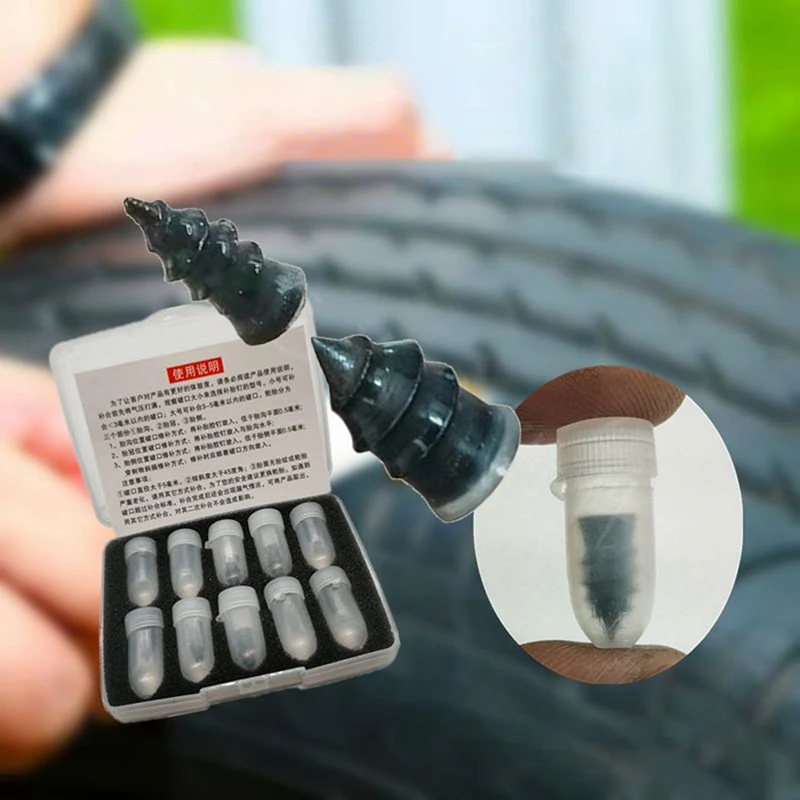 Any small bump eventually turns into a larger one, and with such a defect, the wheel can burst at any time. This is a direct safety hazard because a sudden flat tire can cause loss of control and a road accident.
Any small bump eventually turns into a larger one, and with such a defect, the wheel can burst at any time. This is a direct safety hazard because a sudden flat tire can cause loss of control and a road accident.
Some bulges can be repaired, but no patch will ever restore a tire to factory stiffness. The ideal option in this case is to replace the tire. If a hernia has appeared on the tread, then you can extend the life of the tire with the help of cord patches - ready-to-use patches with an adhesive layer. But if swelling is found on the sidewall, the likelihood of repair is minimal, the wheel is easier to change. Blisters on low profile tires are generally not repairable.
Only car service professionals can repair a side cut. Cord patches will be needed to repair the damage, but after some time the wheel will still have to be changed. This method will work only if the gap is not in the shoulder area of the tire, then no one will repair it.
In general, cuts or punctures, unlike punctures, are considered non-repairable, since the integrity of the frame is violated.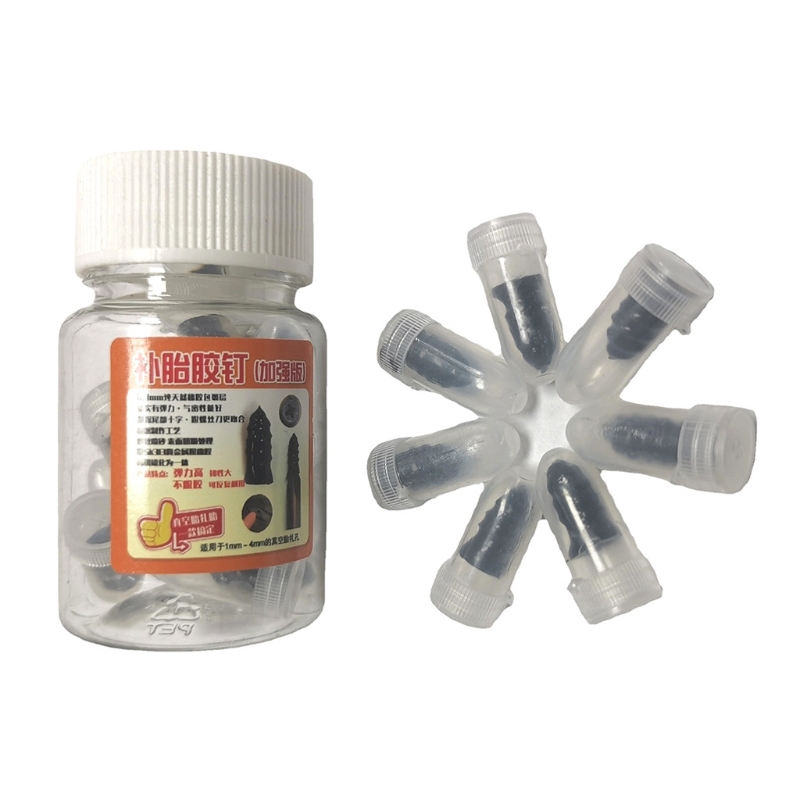 And breakdowns do occur on the go, when the tire abruptly loses pressure and has time to make only a few turns “on the rims” before it comes to a complete stop. In this situation, the cord breaks and the layers of the tire are destroyed. Even if it is possible to close the hole, it is not recommended to use such a weakened tire.
And breakdowns do occur on the go, when the tire abruptly loses pressure and has time to make only a few turns “on the rims” before it comes to a complete stop. In this situation, the cord breaks and the layers of the tire are destroyed. Even if it is possible to close the hole, it is not recommended to use such a weakened tire.
Photo: Mikhail Pletsky / Russian Look
Cracks, sidewall abrasions and unprofessional tire fitting can also lead to tire problems. Cracks can occur as a result of improper storage of tires. Their danger is that moisture begins to flow to the cord, and this already renders the frame unusable. Air can also escape through cracks. Cracks cannot be repaired and tires will not last long. A tire with cracks is deformed, blistered, and may even break while driving.
Rubbing against curbs or driving on uneven roadsides can damage the tire sidewall. When driving like this, it is worth inspecting the tires for damage regularly. If a slight wear is found, the wheels can be swapped, which will slightly extend their service life and allow you to delay the purchase of new ones.
Improper fitting can damage the tire bead. In this case, the tire will lose its geometry and sit on a disc with a bevel, “eights” will be visible during rotation, and the driver will feel vibration while driving. It is impossible to repair this defect, the wheel must be changed as soon as possible, otherwise there is a risk of damage to the suspension.
How to Tires
www.adv.rbc.ru
www.adv.rbc.ru
A tire is a round piece of rubber that is the main part of a car's wheel, allowing it to move. The tire also provides traction and shock absorption while driving. Over time, stones get stuck in the tires. How to remove them, we have already told you in one of the previous articles. But stones are not the only enemies of tires. There are also nails, self-tapping screws and many other sharp objects that can easily pierce a car tire. If, having caught a self-tapping screw, a flat tire, it is clear to everyone what to do. But what if the pressure continues to hold in a punctured wheel? Can I keep driving, and if so, for how long?
How to remove them, we have already told you in one of the previous articles. But stones are not the only enemies of tires. There are also nails, self-tapping screws and many other sharp objects that can easily pierce a car tire. If, having caught a self-tapping screw, a flat tire, it is clear to everyone what to do. But what if the pressure continues to hold in a punctured wheel? Can I keep driving, and if so, for how long?
See also: Is it safe to drive with a screw in a tire?
So, if you happen to know that a nail (or self-tapping screw) is stuck in the wheel of your car, but the tire is still holding pressure or deflating slowly, then in no case try to pull the nail out. Leave it in the cover. Next, check the pressure in the wheel and, if it does not correspond to the one recommended by the automaker, inflate the wheel to the norm.
Otherwise, pulling out the nail that prevents the pressure from escaping from the tire will cause the tire to zero.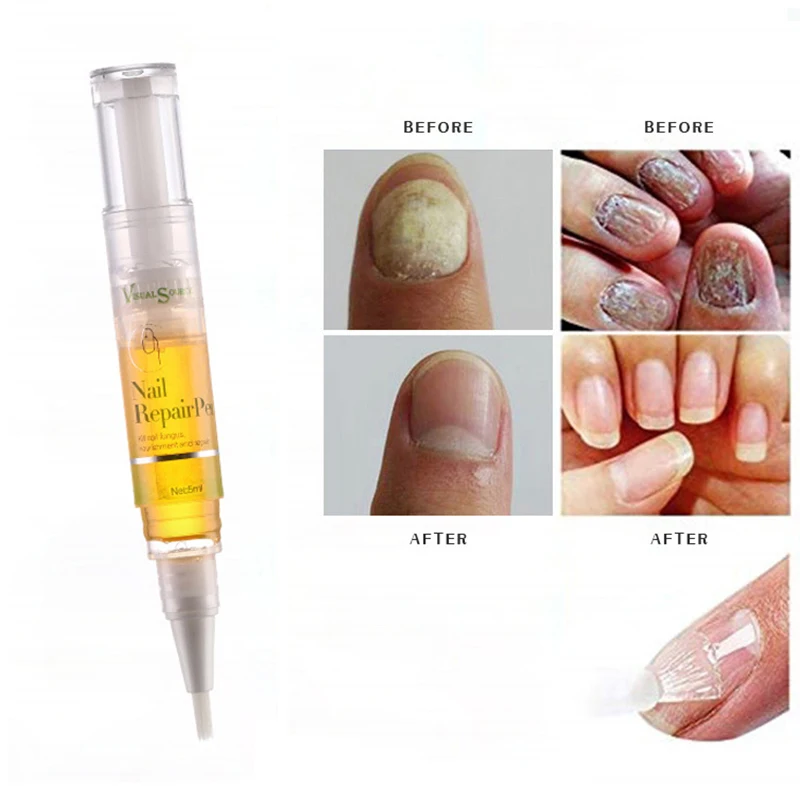
Of course, there is another option - to flatten the tire, pull out the nail, take a tire repair kit and repair the puncture yourself, and then re-inflate the wheel. But, unfortunately, not every motorist has such a repair kit, and not everyone will be able to repair the wheel on their own. In fact, in order to install a tourniquet into a puncture, remarkable strength is needed.
Unfortunately, a wheel puncture with a nail or a self-tapping screw happens quite often on our roads. Many punctures do not cause the tire to flatten almost instantly. As a result, many drivers notice that the wheel caught the self-tapping screw, not immediately. True, if your car is equipped with tire pressure sensors or a wheel rotation monitoring system (the system tells the driver about a sharp change in wheel rotation parameters, which usually occur when the pressure in the wheel changes sharply), then the security system will inform you of a possible problem in wheel.
If there are tire pressure sensors, you will be able to know which wheel has changed pressure. Unfortunately, very often this system gives false warnings (for example, when there is a sudden change in road grip or a sudden change in temperature outside). As a result, over time, many drivers stop paying attention to the warning of the tire pressure monitoring system. But in vain. After all, the system can warn of a broken wheel.
To prevent this from happening, carefully inspect the wheels for punctures after each ride. If a self-tapping screw is found, contact the tire service as soon as possible.
This is another question that is often asked by car enthusiasts on various thematic forums. We want to upset car owners right away. If you have a punctured wheel, in principle, you can not ride. After all, a car is not a toy, but a vehicle of increased danger.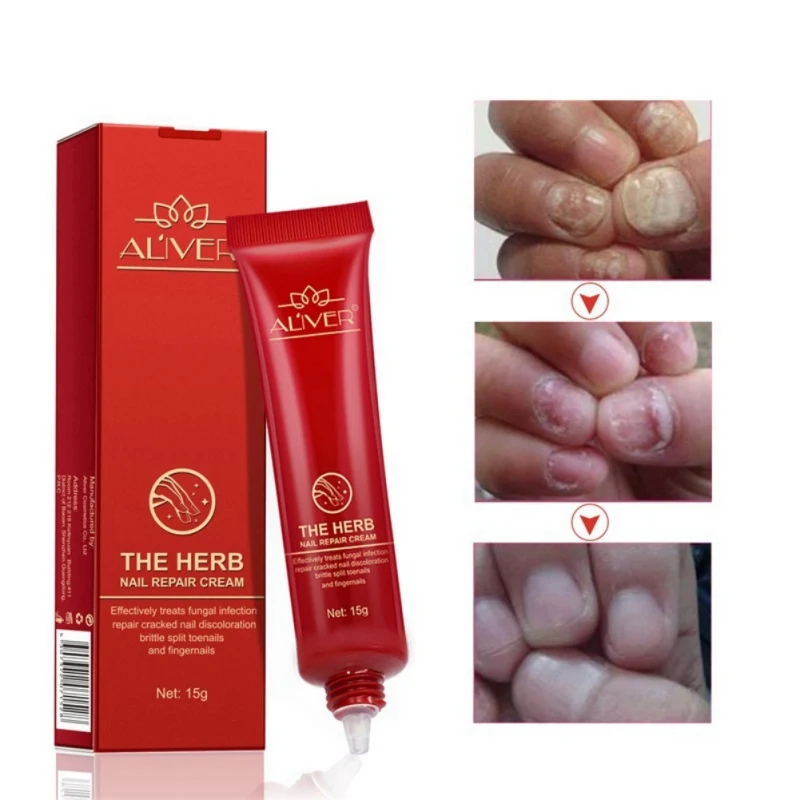 And not only for you and your passengers, but also for other road users. Therefore, you should contact the tire service as soon as possible, even if the punctured tire does not flatten. You are not clairvoyant and cannot know at what point the wheel will instantly lose pressure. Can you imagine what will happen if this happens at speed while driving on a motorway?
And not only for you and your passengers, but also for other road users. Therefore, you should contact the tire service as soon as possible, even if the punctured tire does not flatten. You are not clairvoyant and cannot know at what point the wheel will instantly lose pressure. Can you imagine what will happen if this happens at speed while driving on a motorway?
As we have already said, it is IMPOSSIBLE to drive with a flat tire. This is dangerous. But we understand that not everyone has a spare wheel or tire repair kit in their car. Of course, if the tire is slowly losing pressure, you can continue driving by pumping up the tire first. But you don't have to drive fast. First, it's dangerous. And secondly, the faster you drive, the faster the damaged tire will bleed air.
See also: That's why big wheels hurt modern cars
If it is far from the tire fitting, then every 2-3 km stop and check the pressure in the wheel.